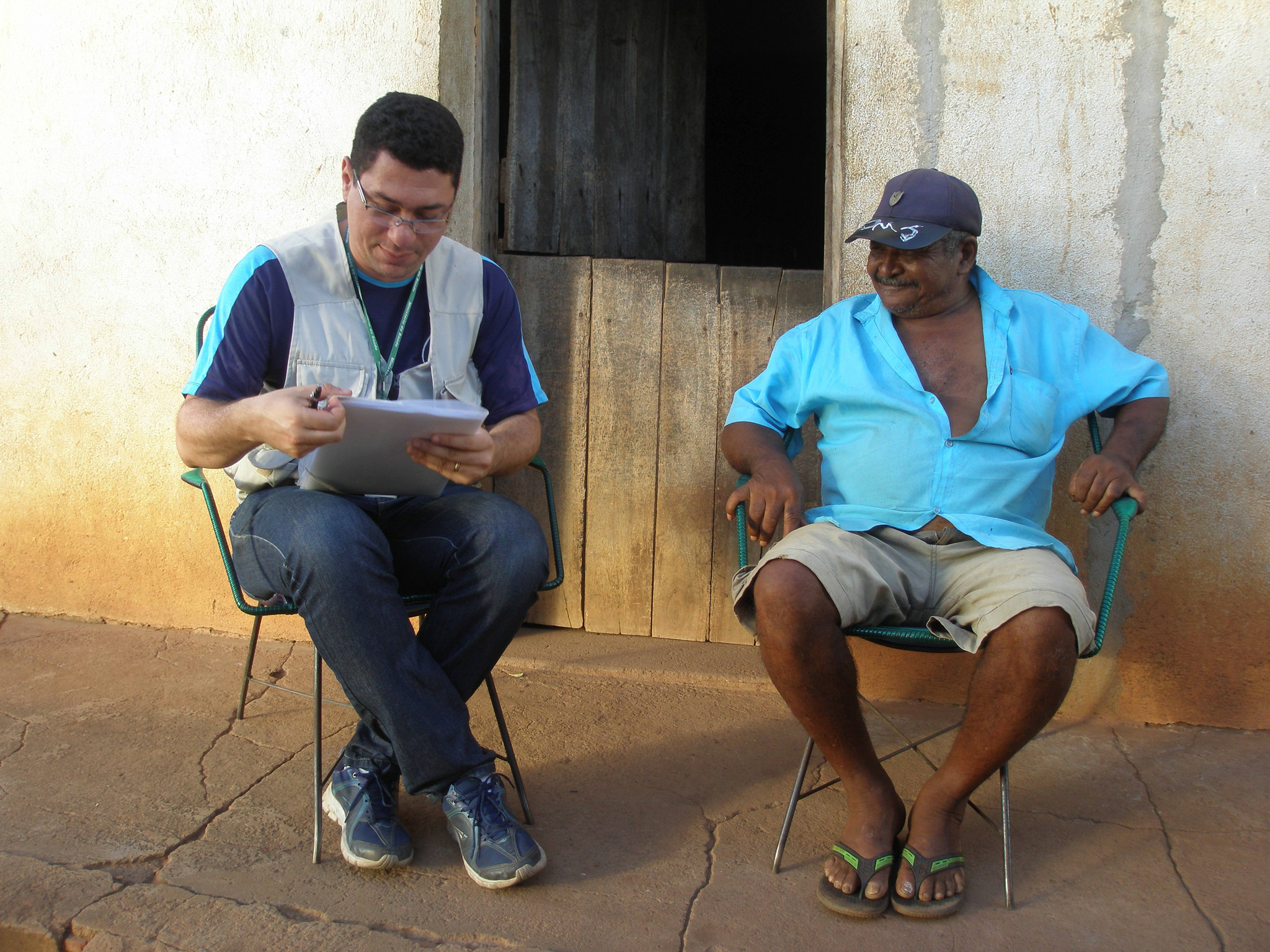Clinical outcome assessments (COAs) are an important component of any clinical trial and getting new drugs, devices and therapies to market. And when it comes to multinational clinical trials, accurate translation is essential to the process. But how can it be easier?
Here are our top tips for getting better and faster translations for clinical outcome assessments.
Keep the Type of COA in Mind
Clinical outcome assessments are not all the same. Treating them the same when it comes to translation gets tricky. Ask yourself: What kind of COA are we dealing with? There are four types of clinical outcome assessments:
- A patient-reported outcome (PRO) is completed directly by the patient and includes things that only the patient knows, such as current symptoms and levels of pain.
- A clinician-reported outcome (ClinRo) is completed by a medical professional after observing a patient and their condition. It is often used when a patient is unable to report on their own health or when they may be an unreliable source. Examples where a ClinRo is helpful include coma and dementia.
- A performance outcome (PerfO) is completed by a medical professional who measures the tasks performed by a cooperative patient.
- An observer-reported outcome (ObsRO) is completed by a non-medical professional who is in a position to observe the patient’s condition, such as a spouse or a parent.
Each COA is intended for a different audience. Accuracy demands that the audience is kept in mind during the translation process. For example, ClinRos and PerfOs are destined for medical professionals and the language used must reflect good clinical practice. On the other hand, PROs and ObsROs are often for the general population where there are many differences in culture and language use that must be accounted for.
Mold the COA for Better Translation
If you did not inherit a clinical outcome assessment as a set-in-stone document, then you are in luck. You are just in time to draft or revise the COA with an eye to producing better translations. Consider the benefits of incorporating word choices that are in line with your trial’s goals but are more easily expressed in other languages and cultures.
In concert with linguists of the target language, carefully review every aspect of the instrument: from the instructions to each item. Consider its purpose as well as how it is rendered. Determine if common language can be used in the translation and still remain equivalent.
Based on the review findings, you can adapt the client outcome assessment to avoid poor language choices and achieve a better translation later.
Don’t Skip Concept Elaboration
It doesn’t matter if your client outcome assessment already exists or if it is yet to be finalized. Language is often ambiguous, and so in both cases, concept elaboration is a must.
Concept elaboration gets to the heart of what is intended and makes sure that the right meaning is translated. It cuts down on translator questions and guides linguists to produce the most accurate and most equivalent translation possible.
Concepts, word choices and the intentions behind each item are explained and alternatives are given. This can also include a glossary where terms are explicitly defined.
When it comes to translating clinical outcome assessments, please keep these tips in mind to achieve a better quality translation with higher accuracy and a defensible process for your next multilingual clinical trial.

